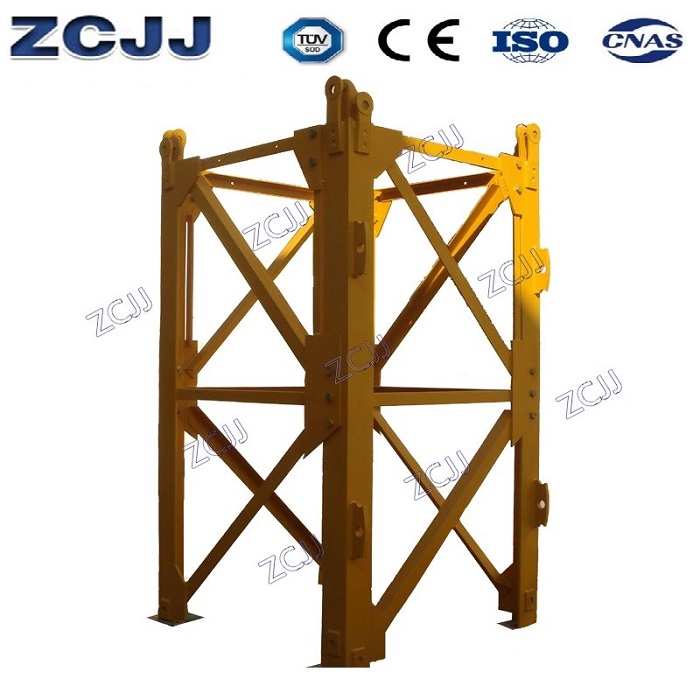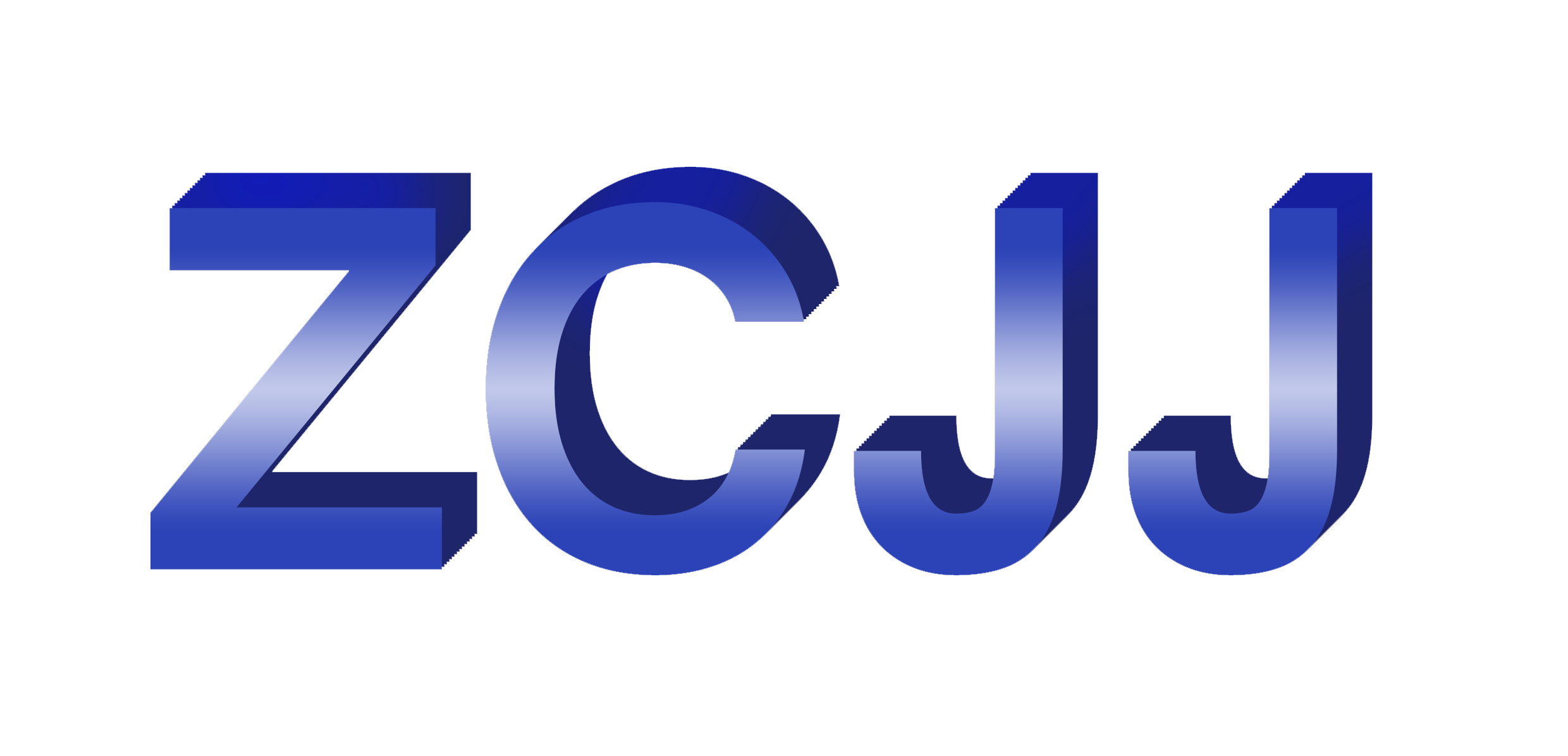L48A1 Mast Section At present, the domestic large and medium-sized tower lifting mechanism, which speed control methods
The lifting mechanism is the most important transmission mechanism of the tower crane. It requires heavy load low speed, light load high speed, and large speed range. The advantages and disadvantages of the hoisting mechanism speed adjustment directly affect the performance of the whole machine. The small and medium-sized tower machines with a maximum starting weight of less than or equal to 6 t have fierce competition and strict cost control. The domestic multi-speed motor is mainly used for pole adjustment. The plan is simple and can still meet the needs of the work. 8T and 8T and above medium and large tower machines need better speed regulation performance. There are many speed regulation methods. There are three selection principles: first, it must be stable and the impact is small; Second, it should be economical and reliable, in line with national conditions; Third, it is necessary to facilitate maintenance.
L48A1 Mast Section L48A1 mast section good at in this field
At present, the main speed adjustment method of the domestic 8-12t lifting mechanism is:
1. Electromagnetic clutch gear changer with Eddy current braking single speed winding rotor motor
The speed regulating method is used in the LIEBHERR tower machine in Germany. China has adopted it for several decades, but it has gradually faded out. It changes the speed ratio of the speed reducer by electromagnetic clutch, and obtains softer characteristics and slower positioning speed by the series resistance of the single-speed rotor motor with Eddy current braking. Its advantage is that the operation is more stable and the speed regulation ratio can be larger than the design. It has many disadvantages. First, electromagnetic clutches generally use domestically produced machine tools, with short life span and poor reliability. Secondly, the clutch gear can not be dynamically changed in the air, otherwise it will fall. This is very dangerous; Third, the cost of speed reducer is higher.
If our country can develop a more economical high-life electromagnetic clutch, it is still a good way to adjust speed. Many users have used electromagnetic clutch.
2. Multi-speed winding rotor motor with Eddy current braking for general reducer
It is the idea of this method to change the electromagnetic clutch gear of the previous method to a multi-speed motor to drive an ordinary single-speed ratio reducer.
Compared with the disadvantages of large shift impact of multi-speed mouse cage Motors, multi-speed winding rotor motors with Eddy current braking can obtain softer M-n characteristics with string resistors, and starting braking and gear switching are relatively stable. There is a slow in-position speed(the in-position gear should not be operated for a long time), and the power can be used larger than the mouse cage motor, which is generally 55 to 75 kW. This kind of speed regulation is simple in construction, easy to maintain and high in reliability. After repeated exploration, the motor supporting plant successfully solved the heat dissipation problem of the eddy current braking winding rotor motor several years ago, which greatly improved the reliability of this speed regulation method.
L48A1 Mast Section L48A1 mast section good at in this field




